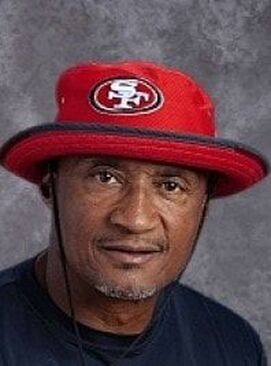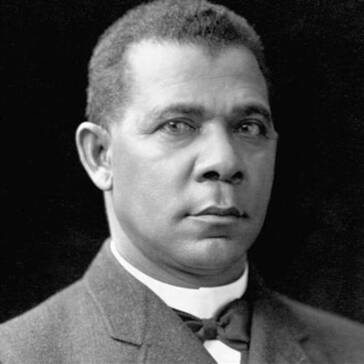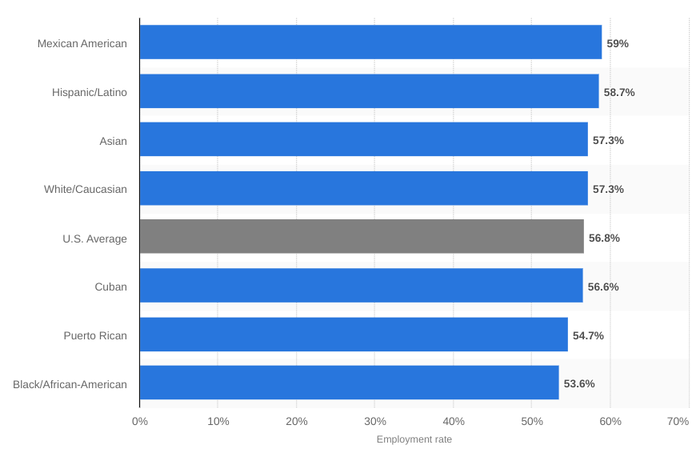"Oakland School for the Arts is a school that tries to bring in teachers from different and diverse ethnic backgrounds. But, we still have a low percentage of teachers of color at OSA—and in America—especially a low percentage rate of African American male educators."-- Trevor Walton, 8th grade
According to A Union of Professions, only 2% of African American males are teachers in the workforce. Many people might be wondering why African Americans males make up the smallest percentage of teachers in the United States. Reasons include stereotypical thoughts about Black men, that they are not smart enough or they don’t have a resume fit for teacher employment, as stated by JSTOR.
Stereotypes are defined as assumptions based on the color of one’s skin, culture, or gender. There are many educated Black men in the world with amazing resumes, maybe having more credentials than a number of people all together. It’s the thought of African Americans succeeding that makes some administrations not want to offer a chance.
OSA has many educators that try to prepare students for life, with Thomas Coleman doing so mentally and physically as well. Coleman is a physical educator and coach who grew up in the city of Compton, California. Before he moved to Oakland, he attended Vanguard Junior High School, but later went to Skyline. “My high school that I attended was Skyline High School, school of champs,” Coleman said. “It was a lot different than where I grew up when I moved to Oakland in the 11th grade. I’m straight outta Compton. But, it was similar in other aspects. Skyline didn’t have a lot of people that looked like me than the school I attended. But, since my involvement was in sports, because it’s an outlet that breaks the color barrier, it helped me be accepted at the high school.”
“The school was a true community,” Coleman added. “I only saw one fight at the school and there weren't many issues because people understood that others were trying to develop themselves. The school was a great place that put the foundations for me to believe in myself. And, I even went to school with Tom Hanks, and both of us still had the same opportunities to achieve in life.”
In college, Coleman attended Weber State University in Ogden, Utah, and he was very thankful with the group there who helped shape him, especially his former coach, Mr. Tolliver. “Since I grew up without a dad, he was someone I really loved and viewed as an inspiration,” Coleman stated. “I wanted to be like Mr. Tolliver because he was a coach that inspired others in Compton. If he wanted to be a lawyer, I would’ve tried to become a lawyer. He was someone I really looked up to as a student. We actually called him “Coach Take A Lap” because he always wanted us to run and be perfect.”
Before Coleman worked at Oakland School for the Arts, he was a coach a part of the Spring Football League. But, the association later shut down, leading to Coleman needing to find another job. His friends later recommended OSA, and he soon applied for the job. “When I first got to OSA, I just wanted a job,” Coleman stated. “But, I saw a young man named Eugene playing a violin, while also seeing kids singing in the corridors, we had portibles there, and I saw kids that looked like me. And even though I wanted to get a job, the school just grabbed more of my attention. Eugene inspired me to go to a pawn shop and buy a saxophone, and collaborate with the amazing talent that was at OSA.”
Coleman became a physical educator and coach because he was inspired by Mr. Tolliver. “I wanted to see people at any age be developed by my expertise and move the body through space through kinesiology, which is the study of the human anatomy,” Coleman said. “Through my classes, I just want to see them not be lazy and activate all the muscles in the body and enjoy physical activity. I want them to enjoy what Coach Tolliver taught me, to have fun when exercising the body.”
As a physical educator, Coleman has learned about the different pressure points and muscles in the body that can store or release stress. “I learned that at Weber State University, home to Damian Lillard,” Coleman said. “I was totally intrigued when learning about the anatomy of the body and how it moves, with different pressure points. Since I played football, I wanted to know how to best prepare and maximize the opportunity to increase different muscle groups.”
Covid-19 has led many people to change their teaching methods, and Coleman believes that he definitely had to adjust once the pandemic started. “For the first time, I've had to use a third party with the help of my students,” Coleman said. “I needed to change my thinking and use different exercise videos that focus on topics such as aerobics or cardio to make sure that students work out all their muscles. I try to motivate others to inspire students because some students don’t turn their camera on, and I want to make sure they’re just not doing nothing and workout their body. I also play inspirational videos to get to my students mentally ready.”
Coleman gave a rating of three between one, being easy, and ten, being hard, on how hard it is to run physical education through online schooling. “This year, I would give the rating a three because it has become easier,” Coleman said. “What’s hard is that there isn’t a lot of human interaction when students are online, rather than actually being physically present at OSA. I would say for last year, I would’ve given it an eight because I wasn’t used to seeing students moving in a different environment than I was in, with a screen separating us.”
Because Coleman is part of the 2% of African Americans teachers in America, he was asked his thoughts of being an African American teacher in the United States, but Coleman responded that he doesn’t really think about it that way. “When I come to work, I don’t really think that there isn’t more like me at school or just in the world,” Coleman stated. “So, when you ask the question about what it's like, I don’t think about it. But, if you say if I would like more African American male teachers, then I would say definitely. I would love to have more brothers that pass a culture through physical education. The profession that I wanted to do was personal, and I am focused on doing my best to achieve in my occupation.”
To make sure that we can increase the 2% of African American male educators in America, programs such as The Hidden Genius program try to make sure that young Black males have the tools that they need to succeed in life. The program was founded in 2012 by five Black male entrepreneurs/technologists, each disappointed with how high the unemployment rates were for African Americans, according to The Hidden Genius Program.
When asked how he discusses the topic of race, Coleman responded with a clarifier. “First we have to define race,” he stated. “Are we talking about the human race, or the culture of race. I would first want to define it, then discuss it deeply. I’ve answered that question, but I wanted to put it in some context. When I was coaching football in NFL Europe, I asked one of the German players who looked like me saying, “hey brother, what’s it like being a Black German.” He then asked me where I was born. I told him I was born in California and my father was from Louisiana. He responded by saying he wasn’t African German, he was German. That’s why I try to not get caught up in it, because people shape it in some narrative.”
“I totally understand when people say race, but that German who said that he isn’t African German, he’s just German, made me think deeply when I arrived back in America. I then took a step back and realized that I’m able to live in America without a label or be boxed in. I’m more than race, I’m a human being. I’m created by the image of god, a husband, a father, a grandfather, an uncle, an educator, a saxophone player. You can’t just pin me down with a tag.”
Everyone has figures that they look up to, whether it might be inspired by Kobe Bryant, or looking up to your parents. It can all connect to the reason why you look up to them. Having African American male teachers in America is more crucial than most people think. There are many Black young males that don’t have the opportunity to look up to a teacher that is their skin color. Including diversity into the education system can help create those opportunities and break barriers.




